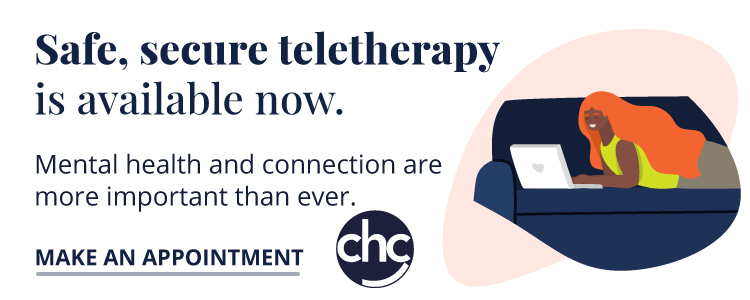
Neurodiversity describes the idea that people experience and interact with the world around them in many different ways; there is no one “right” way of thinking, learning, and behaving, and differences are not viewed as deficits.
The word neurodiversity refers to the diversity of all people, but it is often used in the context of autism spectrum disorder (ASD), as well as other neurological or developmental conditions such as ADHD or learning disabilities.
The neurodiversity movement emerged during the 1990s, aiming to increase acceptance and inclusion of all people while embracing neurological differences. Through online platforms, more and more autistic people were able to connect and form a self-advocacy movement. At the same time, Judy Singer, an Australian sociologist, coined the term neurodiversity to promote equality and inclusion of “neurological minorities.” While it is primarily a social justice movement, neurodiversity research and education is increasingly important in how clinicians view and address certain disabilities and neurological conditions.

Words matter in neurodiversity
Neurodiversity advocates encourage inclusive, nonjudgmental language. While many disability advocacy organizations prefer person-first language (“a person with autism,” “a person with Down syndrome”), some research has found that the majority of the autistic community prefers identity-first language (“an autistic person”). Therefore, rather than making assumptions, it is best to ask directly about a person’s preferred language, and how they want to be addressed. Knowledge about neurodiversity and respectful language is also important for clinicians, so they can address the mental and physical health of people with neurodevelopmental differences.
Neurodiversity and autism spectrum disorder
Autism spectrum disorder (ASD) is associated with differences in communication, learning, and behavior, though it can look different from person to person. People with ASD may have a wide range of strengths, abilities, needs, and challenges. For example, some autistic people are able to communicate verbally, have a normal or above average IQ, and live independently. Others might not be able to communicate their needs or feelings, may struggle with impairing and harmful behaviors that impact their safety and well-being, and may be dependent on support in all areas of their life. Additionally, for some people with autism, differences may not cause any suffering to the person themself. Instead, the suffering may result from the barriers imposed by societal norms, causing social exclusion and inequity.

Check out our podcast in which two CHC experts, who are also parents of children with autism, share personal and professional advice for finding empathy, understanding and community while raising a child on the spectrum.
Medical evaluation and treatment is important for individuals with ASD. For example, establishing a formal diagnosis may enable access to social and medical services if needed. A diagnostic explanation may help the individual or their family understand their differences better and enable community connections.
Fostering neurodiversity in the workplace
Stigma, a lack of awareness, and lack of appropriate infrastructure (such as office setup or staffing structures) can cause exclusion of people with neurodevelopmental differences. Understanding and embracing neurodiversity in communities, schools, healthcare settings, and workplaces can improve inclusivity for all people. It is important for all of us to foster an environment that is conducive to neurodiversity, and to recognize and emphasize each person’s individual strengths and talents while also providing support for their differences and needs.

How can employers make their workplaces more neurodiversity-friendly?
Offer small adjustments to an employee’s workspace to accommodate any sensory needs, such as:
- Sound sensitivity: Offer a quiet break space, communicate expected loud noises (like fire drills), offer noise-cancelling headphones.
- Tactile: Allow modifications to the usual work uniform.
- Movements: Allow the use of fidget toys, allow extra movement breaks, offer flexible seating.
Use a clear communication style:
- Avoid sarcasm, euphemisms, and implied messages.
- Provide concise verbal and written instructions for tasks, and break tasks down into small steps.
Inform people about workplace/social etiquette, and don’t assume someone is deliberately breaking the rules or being rude.
Try to give advance notice if plans are changing, and provide a reason for the change.
Don’t make assumptions — ask a person’s individual preferences, needs, and goals.
Be kind, be patient.
Excerpted from “What Is Neurodiversity?” from Harvard Health. Read the full article online.
Source: Harvard Health Publishing | What Is Neurodiversity?, https://www.health.harvard.edu/blog/what-is-neurodiversity-202111232645 | © 2025 Harvard Health Publishing® of The President and Fellows of Harvard College





